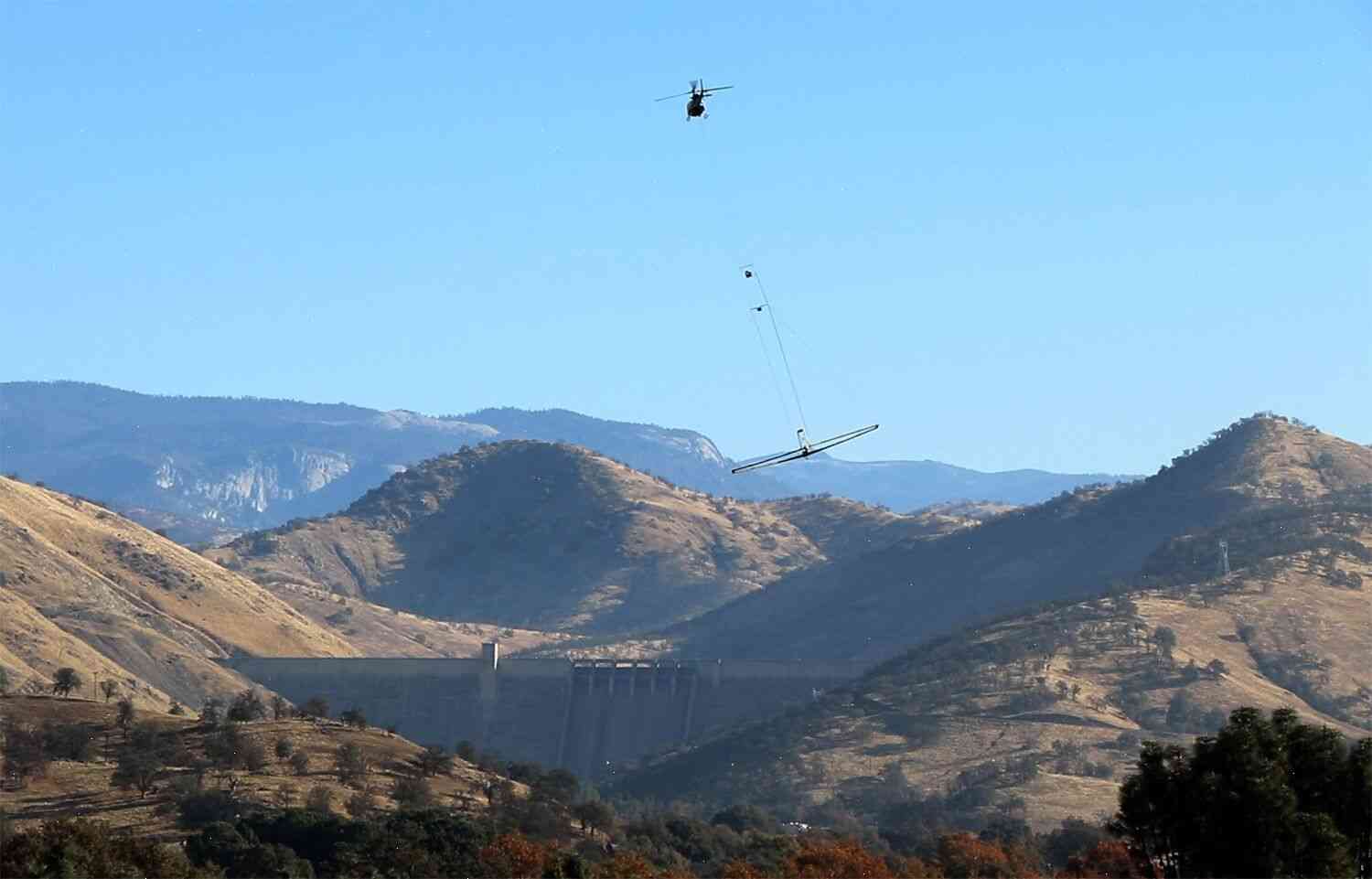From the air, scientists map ‘fast paths’ for recharging California’s groundwater aquifers
It’s just a couple of weeks into summer, and while you wouldn’t necessarily consider the Central Valley in northern California to be hot, heat can seriously reduce the recharge of groundwater aquifers.
It’s also a time of year when California’s groundwater recharges, and a study from the University of California, Davis, reports on the first complete maps of these “fast paths” for recharging groundwater.
“We want to be very clear about this: Recharge is an important element in groundwater storage in California,” said John Farr, a professor of civil and environmental engineering at UC Davis.
It’s like the batteries in your phone – if they don’t get enough juice in the off-season, they die.
The goal of this research is to use satellite imagery to better understand how groundwater flows in California, and how these waterways will respond to increased temperature, water and drought.
The study involves using airborne remote sensing instruments installed on the U.S. Geological Survey’s Airborne Topographic Interferometric Radiometer satellite, which has been in orbit since February 2014.
The data will support improved water management, and the development of more climate resilient practices, said Farr.
“This study helps us quantify and monitor important environmental changes, which is the first step toward improving the quality of life of people in California,” Farr said.
Aircraft in the study
The study team used a combination of satellite data to help them map groundwater flow pathways.
According to the study, the first part of the effort is through satellite imagery. The team gathered six months of airborne terrain imagery and water-quality samples in the spring of 2016.
The second part of the study is through the use of aerial photography. The team had six months of airborne photography for more than 5,000 water-quality samples and a single month of airborne photography for the area outside of the Central Valley.
The third part of the effort is satellite imagery, and the team used two flights of the Airborne Topographic Interferometric Radiometer satellite, which was launched in February 2014.
The Airborne Topographic Interferometric Rad

